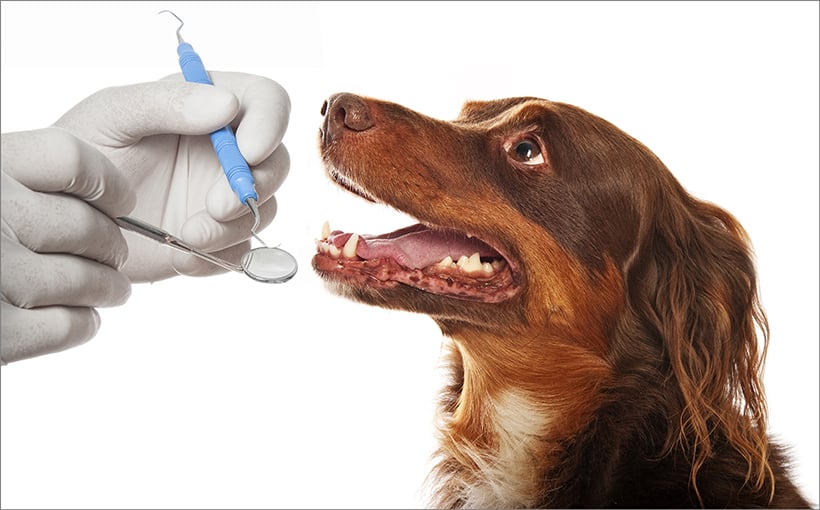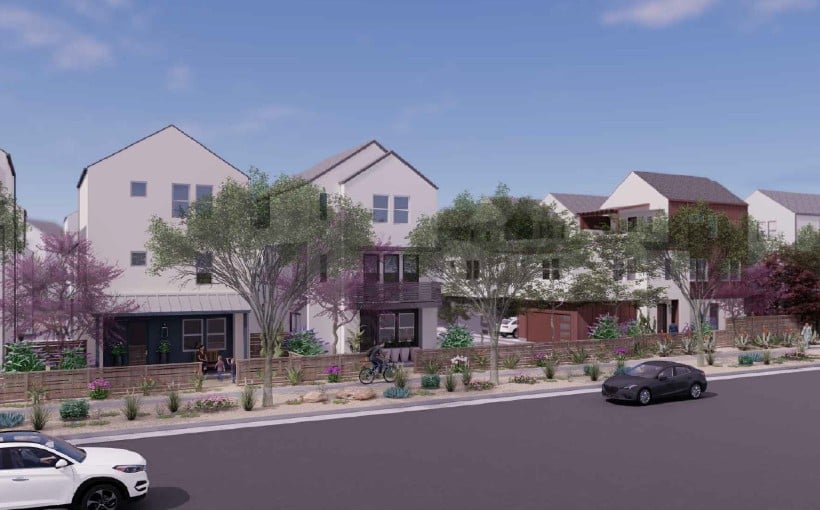At one time, animal dental procedures were performed in a veterinarian’s general treatment area or surgical suite. However, the growing recognition of the importance of dental hygiene for dogs and cats has led more veterinarians to specialize and create dedicated spaces for dental care.
Dan Eisenstadt, CEO of Terravet Real Estate Solutions, shared insights into this emerging trend and its implications for veterinary real estate.
—
**Connect CRE: Could you explain the increasing interest in veterinary dental care?**
**Dan Eisenstadt:** Over the past decade, awareness of veterinary dentistry’s importance for dogs and cats has grown significantly. The American Veterinary Dental College achieved full accreditation in 1995, leading to an increase in boarded veterinary dental specialists. This, in turn, raised awareness about regular dental care within general practices. Many forward-thinking practices now feature specialized dental suites or designated areas equipped with dental X-ray machines and specific areas for oral surgery, where pets are treated under anesthesia.
—
**Connect CRE: Are we seeing more growth in dental pet care specialties within veterinary practices?**
**Dan Eisenstadt:** Absolutely. Thanks to the rise of dental veterinary specialists, general practitioners have begun to prioritize dental wellness exams, enabling earlier detection of issues like oral cancer. Additionally, these progressive practices recognize dental care as a lucrative service that not only boosts revenue and profitability but also increases the frequency of pet owners’ visits.
—
**Connect CRE: How is this trend shaping veterinary real estate?**
**Dan Eisenstadt:** Historically, many veterinary facilities were housed in converted residential spaces, strip malls, or small standalone buildings, often under 3,000 square feet. However, the past decade has seen a shift toward purpose-built, freestanding general practices exceeding 5,000 square feet. This evolution accommodates the growing demand for dedicated dental areas, necessitating renovations and optimized layouts for treatment zones and surgery suites. In many cases, the addition of a dental area has driven practices to undertake broader renovations or rebuilds.
—
**Connect CRE: What is the outlook for veterinary dental specialty spaces?**
**Dan Eisenstadt:** The future is promising for five-doctor or larger general practices housed in modern, purpose-built facilities exceeding 7,000 square feet. These facilities often include dedicated dental spaces and multiple exam rooms, allowing multiple veterinarians to work cohesively. Terravet REIT supports these advancements by developing, renovating, and owning buildings tailored for these practices. The average size of buildings within the Terravet REIT portfolio exceeds 10,000 square feet.
The rise in veterinary dental care reflects not only a growing awareness of pet health but also a transformation in the facilities where care is provided, enabling advanced and specialized treatment options to flourish.
About the Publisher:
Steve Griffin is based in sunny Palm Harbor, Florida. He’s an accountant by profession and the owner of GRIFFIN Tax (www.griffintax.com) and REVVED Up Accounting (www.revvedupaccounting.com). In addition, Steve founded Madison Avenue Technology (www.madisonave.tech). With a strong passion for commercial real estate, he’s also dedicated to keeping you up to date with the latest industry news.



